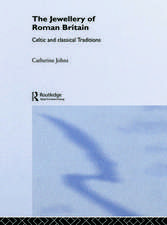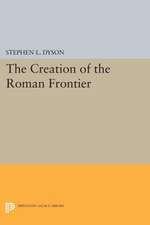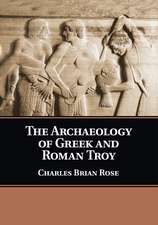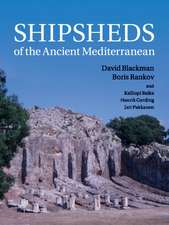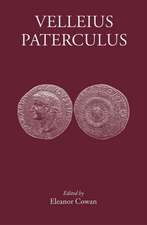Archaeology, Ideology, and Urbanism in Rome from the Grand Tour to Berlusconi
Autor Stephen L. Dysonen Limba Engleză Hardback – 30 ian 2019
Preț: 705.34 lei
Preț vechi: 792.51 lei
-11% Nou
Puncte Express: 1058
Preț estimativ în valută:
134.96€ • 140.91$ • 111.70£
134.96€ • 140.91$ • 111.70£
Carte tipărită la comandă
Livrare economică 04-18 aprilie
Preluare comenzi: 021 569.72.76
Specificații
ISBN-13: 9780521874595
ISBN-10: 0521874599
Pagini: 340
Ilustrații: 51 b/w illus.
Dimensiuni: 180 x 253 x 20 mm
Greutate: 0.82 kg
Editura: Cambridge University Press
Colecția Cambridge University Press
Locul publicării:Cambridge, United Kingdom
ISBN-10: 0521874599
Pagini: 340
Ilustrații: 51 b/w illus.
Dimensiuni: 180 x 253 x 20 mm
Greutate: 0.82 kg
Editura: Cambridge University Press
Colecția Cambridge University Press
Locul publicării:Cambridge, United Kingdom
Cuprins
Introduction; 1. Rome in the eighteenth century; 2. French intervention and papal reaction; 3. Archaeology and urbanism in the waning days of papal Rome; 4. Archaeology and urbanism in Rome during the early decades of the national state; 5. Development and archaeology in Roma Capitale; 6. Museums, markets, and display in the New Rome; 7. Archaeology and urbanism in fascist Rome; 8. Mostras and museums in fascist Rome; 9. Quietism, conformity and chaos: urbanism and archaeology in the 1950s and 1960s; 10. A new generation, a new politics, and a new archaeology; 11. The end of an era: the Giubileo, the Ara Pacis, and the twilight of the heirs of Bianchi Bandinelli; 12. Afterword; Bibliography.
Notă biografică
Descriere
Reviews the complex relationship between Rome's rich archaeology, changing cultural and ideological agendas, and its urban development.


